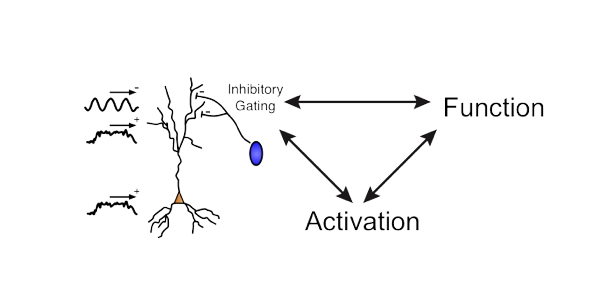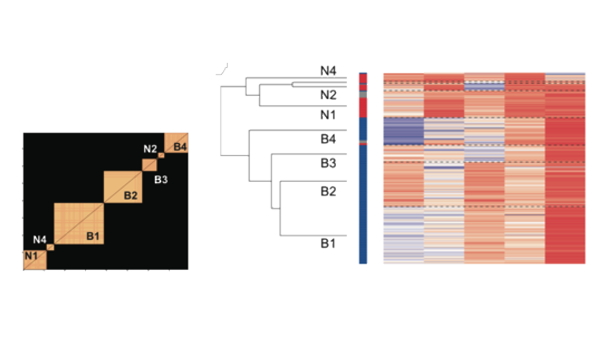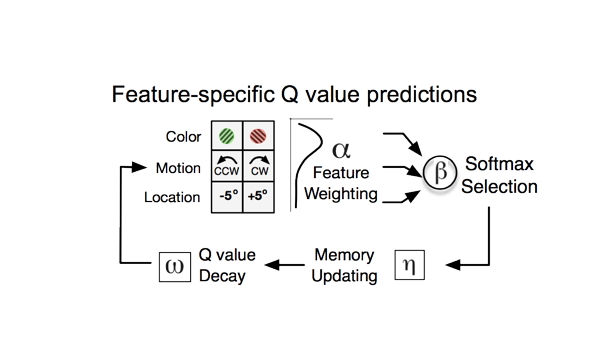Congratulations to Ali and Mariann for the first neuropharmacological contribution from our laboratory with the article A computational psychiatry approach identifies how alpha-2A noradrenergic agonist Guanfacine affects feature-based reinforcement learning in the macaque . This study first surveys all 14 different tasks that have ever been used with Guanfacine in nonhuman primate studies and than shows in a single case study how rigorous computational reinforcement learning modelling extends existing knowledge by informing about the fundamental learning mechanisms that this drug affects during complex reversal learning. This article is particular important as it paves the way for a more formal computational approach to understand the neural effects of systemically acting psychoactive drugs like Guanfacine (which is uses in Attention Deficit Hyperactivity Disorder, mild cognitive impairment, and more). Congrats Ali and Mariann and all co-authors that made this study possible!
3 minute Thesis Competition
 Congratulations to Ben to win the York University 3 minute thesis competition in presenting his MSc graduation work ! Here is the University’s press release about the 2016 YorkU 3MT Winner ! Good luck from the laboratory when moving to the provincial level competition (still with only 3 minutes…for the whole thesis).
Congratulations to Ben to win the York University 3 minute thesis competition in presenting his MSc graduation work ! Here is the University’s press release about the 2016 YorkU 3MT Winner ! Good luck from the laboratory when moving to the provincial level competition (still with only 3 minutes…for the whole thesis).
Brain Day at Waterloo University
The 2015 BrainDay at Waterloo University hosted Thilo for a lecture for the neuroscience section. Brainday is a highly inspiring event organized by the Centre for Theoretical Neuroscience at  Waterloo and the University to discuss brain topic from four different fields in a unifying daylong setting (Psychology, Philosophy, Systems Neuroscience, Theoretical Neuroscience). The talk at Brainday is freely available as youtube video and is entitled Cells and Circuits Coordinating Attention: Dynamic Circuit Motifs in Primate Prefrontal Cortex.
Waterloo and the University to discuss brain topic from four different fields in a unifying daylong setting (Psychology, Philosophy, Systems Neuroscience, Theoretical Neuroscience). The talk at Brainday is freely available as youtube video and is entitled Cells and Circuits Coordinating Attention: Dynamic Circuit Motifs in Primate Prefrontal Cortex.








